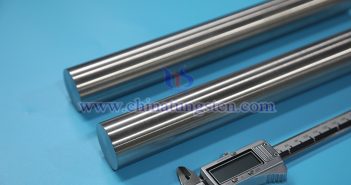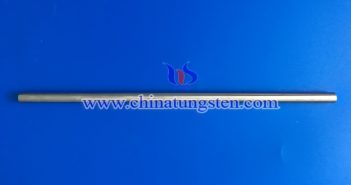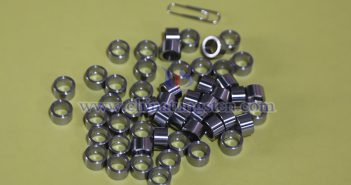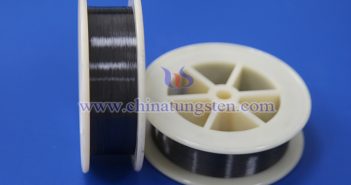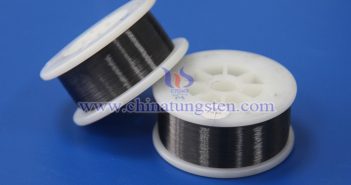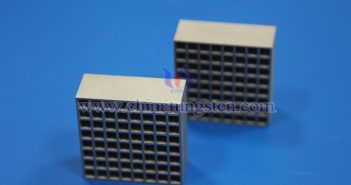
High-Density Tungsten Alloy, also known as “high-specific-gravity tungsten alloy,” is an alloy primarily composed of tungsten (with a tungsten content of 85–99%) and small amounts of elements such as nickel (Ni), copper (Cu), cobalt (Co), molybdenum (Mo), and chromium (Cr). Its density ranges from 16.5–18.75 g/cm3, more than twice that of steel (approximately 7.85 g/cm3). Depending on the alloy composition, it can be classified into series such as W-Ni-Fe (tungsten-nickel-iron), W-Ni-Cu (tungsten-nickel-copper), W-Cu (tungsten-copper), and W-Ag (tungsten-silver). In addition to…

